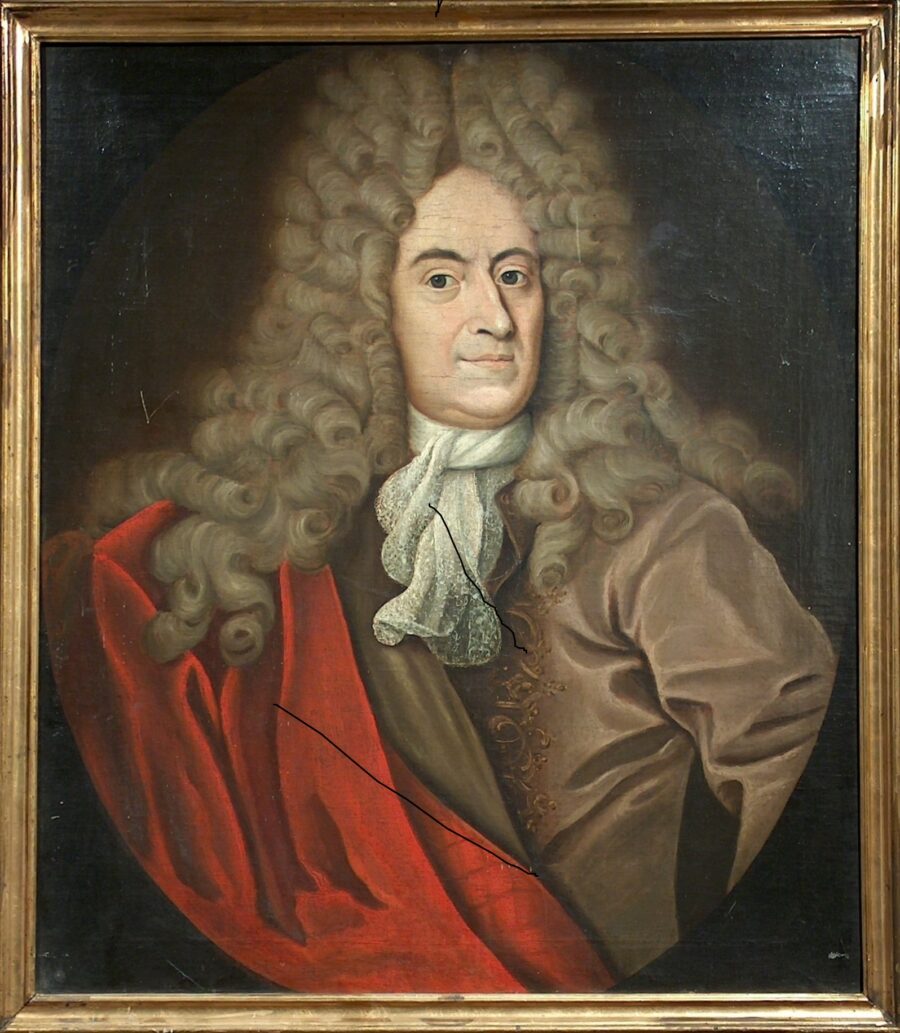This website uses cookies so that we can provide you with the best user experience possible. Cookie information is stored in your browser and performs functions such as recognising you when you return to our website and helping our team to understand which sections of the website you find most interesting and useful.

An Eventful Story
The Round Tower’s planetarium shows the planetary positions right now. Let your glance wander from the Sun in the centre over Mercury and Venus to the little white ball depicting Earth, and on to Mars, Jupiter and, finally, Saturn with its rings. Uranus is missing since it was not discovered until 1781, long after the planetarium was constructed. The eyelets allow the planets to move without hindrance.
Behind the planetarium is a clockwork mechanism that is wound up once a week. Formerly you could set the planetarium to show the planetary positions at a given time by cranking a handle that was inserted into the device below the planetarium.

Employed by the Sun King
The story of the planetarium begins in Paris, where the Danish astronomer Ole Rømer made the groundbreaking discovery of the speed of light. He was also skilled in constructing astronomical mechanisms. Commissioned by the French king, several replicas of one of his smaller devices were made and sent as gifts to, among others, the Danish king and the emperor of China.
Returning to Denmark
After his return, Ole Rømer became the leader of the Observatory in the Round Tower, and in 1697 he installed a planetarium in the ceiling at the top of the tower, one purpose being educational. The planetarium was similar to one he had made in Paris or perhaps the very same, as some sources state. The planetarium showed the planetary positions according to the Danish astronomer Tycho Brahe, that is with Earth as the centre of the Universe and the other planets orbiting the Sun.
Competing Systems
The planetarium was later modified to show both Tycho Brahe’s system and the competing Sun-centered system suggested by Nicolai Copernicus. However, the mechanism was severely damaged in the fire of Copenhagen in 1728 and was not rebuilt until several years later, this time designed to show only Copernicus’ system.
During a restoration in 1822, it was placed in its current vertical location, and some 100 years later the clockwork was connected. On the same occasion, the star map behind the planets was also renewed. The old back is on display in the Bell Loft.



